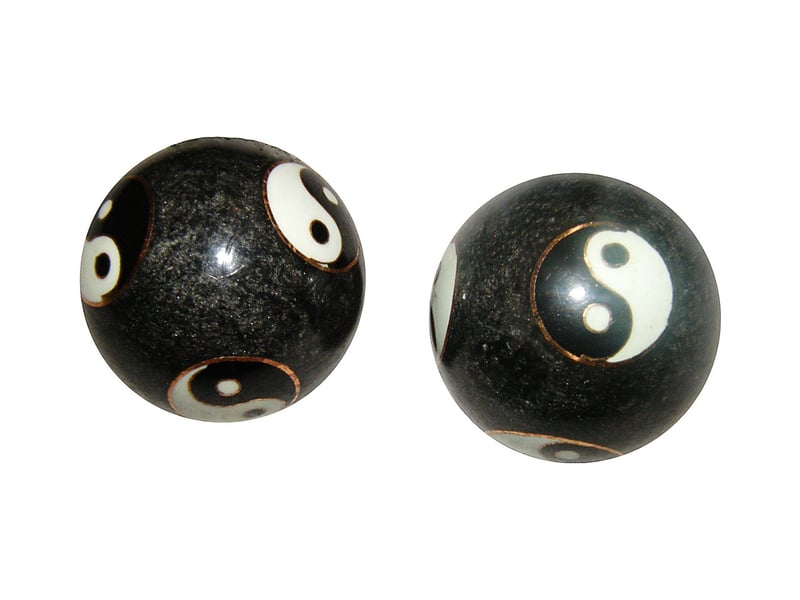Qigong
Ancient Chinese Martial Arts and Qigong
Ancient Chinese martial arts and Qigong are traditional practices that have been passed down through generations, embodying a rich history and culture. These disciplines are not only physical but also encompass mental and spiritual aspects, promoting holistic well-being.
Chinese Martial Arts (Wushu)
Chinese martial arts, also known as Wushu, date back thousands of years and include a wide range of fighting styles and techniques. These arts emphasize self-defense, physical fitness, and discipline. Practitioners often train in forms (known as "katas" in other martial arts traditions), sparring, and weapon techniques.
Key Components of Chinese Martial Arts:
- Forms: Choreographed movements that simulate combat scenarios.
- Qi (Chi) Development: Focus on cultivating and harnessing internal energy.
- Weapons Training: Mastery of various traditional Chinese weapons like swords, staffs, and spears.
- Sanda (Chinese Kickboxing): Application of techniques in realistic combat situations.

Qigong
Qigong, which translates to "life energy cultivation," is a practice that focuses on aligning breath, movement, and awareness for exercise, healing, and meditation. It involves gentle movements, meditation, and controlled breathing to enhance the flow of Qi (Chi) in the body.
Benefits of Qigong:
- Stress Reduction: Promotes relaxation and reduces anxiety.
- Improved Balance and Flexibility: Enhances physical coordination and flexibility.
- Enhanced Mental Clarity: Boosts focus and mental well-being.
- Energy Boost: Increases vitality and overall well-being.

Both Chinese martial arts and Qigong offer a pathway to physical, mental, and spiritual development. Whether you are drawn to the dynamic movements of Wushu or the meditative practices of Qigong, exploring these ancient arts can lead to a profound understanding of self-awareness and inner strength.
